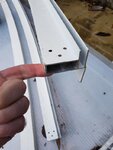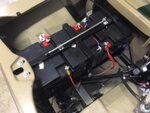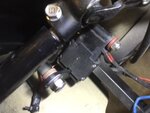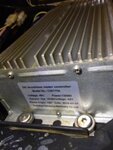surreyman
Junior Member level 3
how do i reduce the speed of a 12v childrens car
Hi all , i would be so grateful for any help- i have bought a half scale electric willys jeep for my 5 year old son. It currently runs on three car batteries wired in series which are connected via a progressive accelator unit to an 1100 Wat motor. The problem is that it does over 20mph and he could badly hurt himself as the car is heavy. I would like some advise as to how to put in some speed regulator. preferably something that i can turn up/down depending on who is using it. Will happily post pics if someone tells me how on this site! Any help appreciated
Hi all , i would be so grateful for any help- i have bought a half scale electric willys jeep for my 5 year old son. It currently runs on three car batteries wired in series which are connected via a progressive accelator unit to an 1100 Wat motor. The problem is that it does over 20mph and he could badly hurt himself as the car is heavy. I would like some advise as to how to put in some speed regulator. preferably something that i can turn up/down depending on who is using it. Will happily post pics if someone tells me how on this site! Any help appreciated





